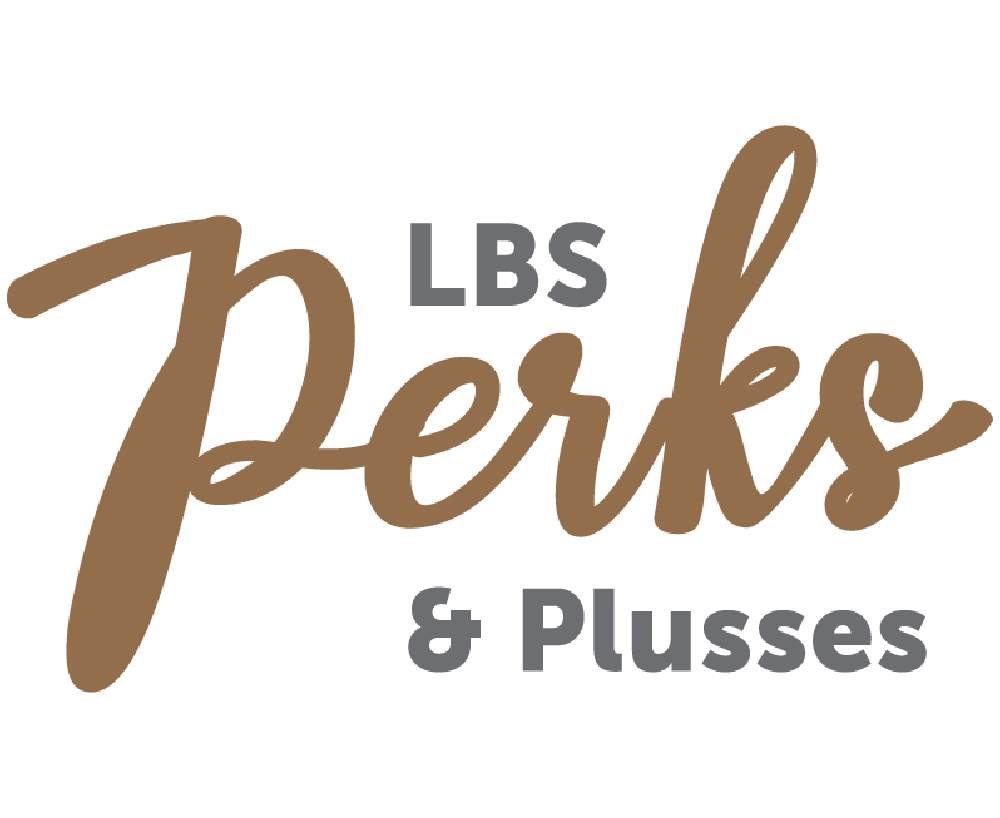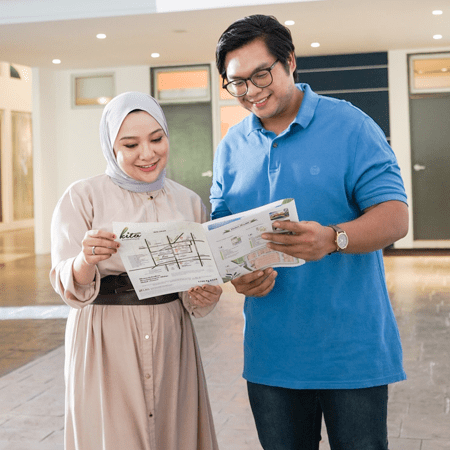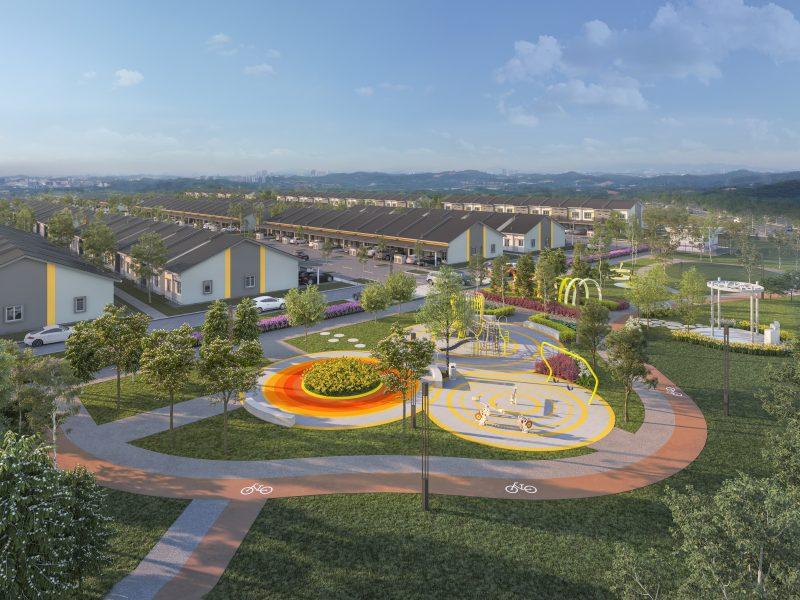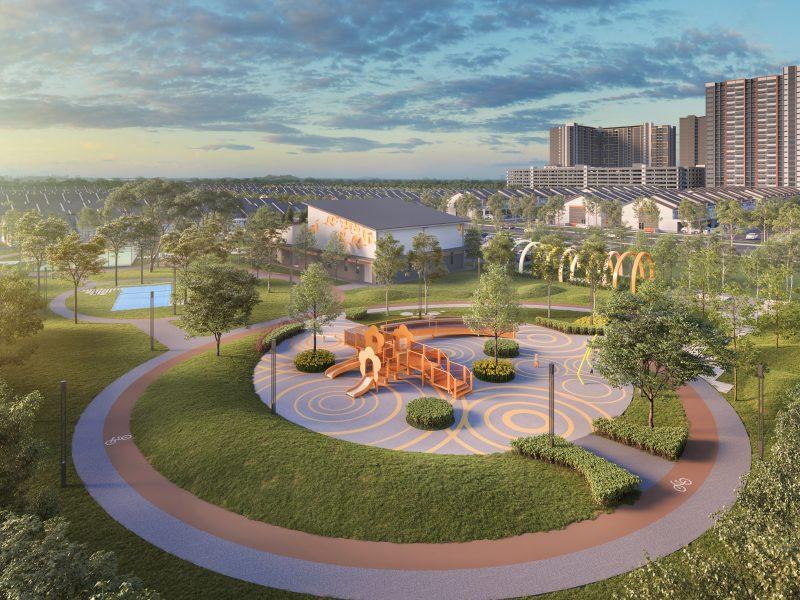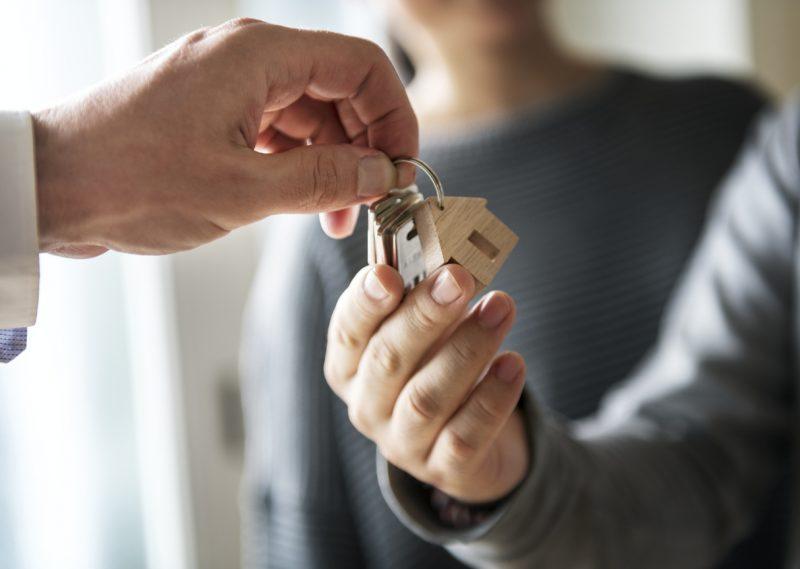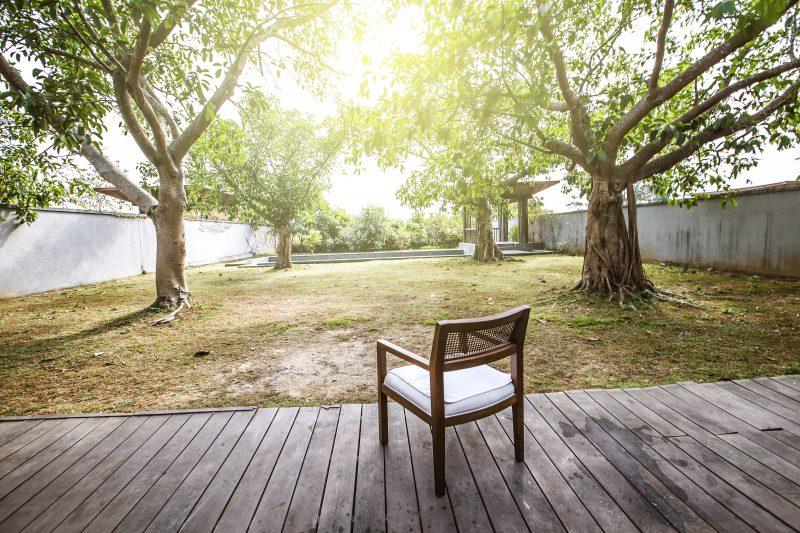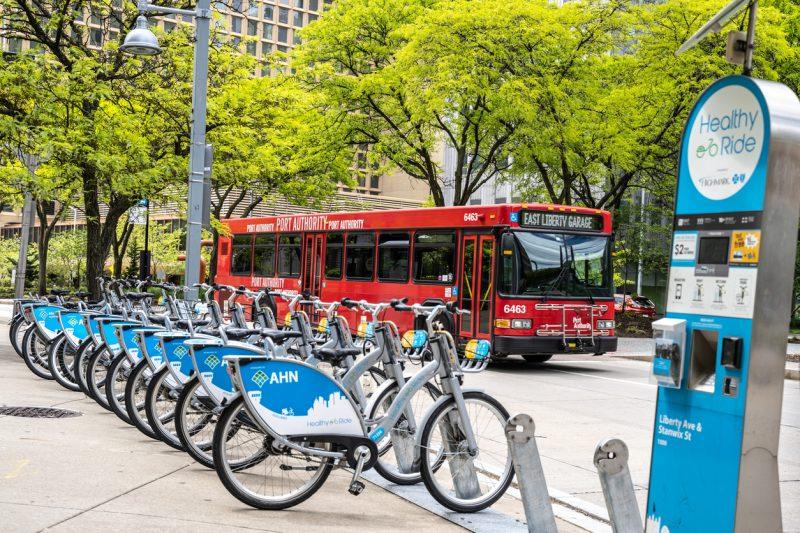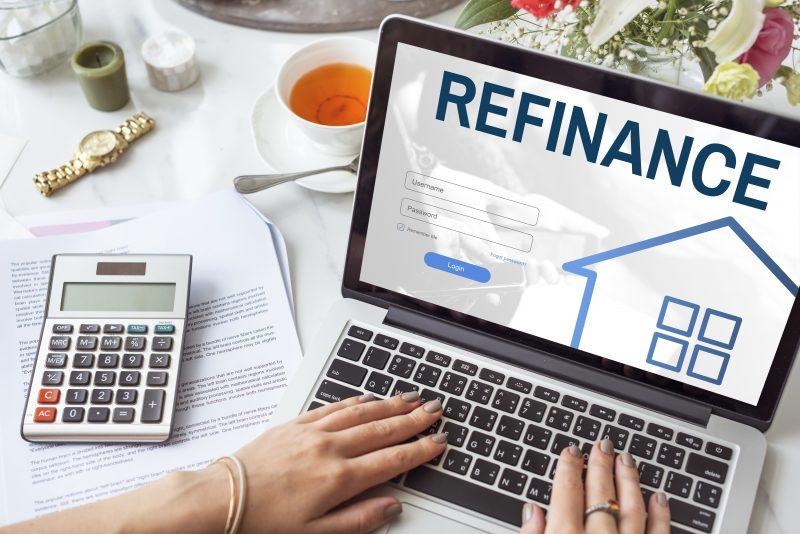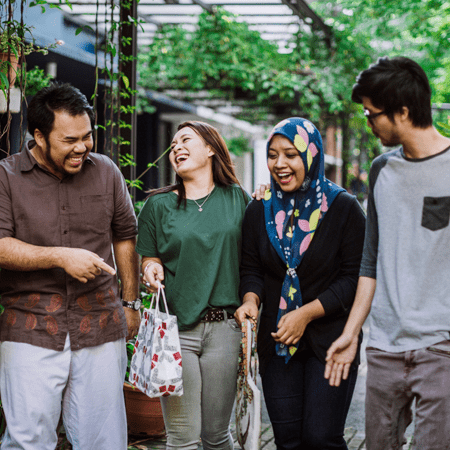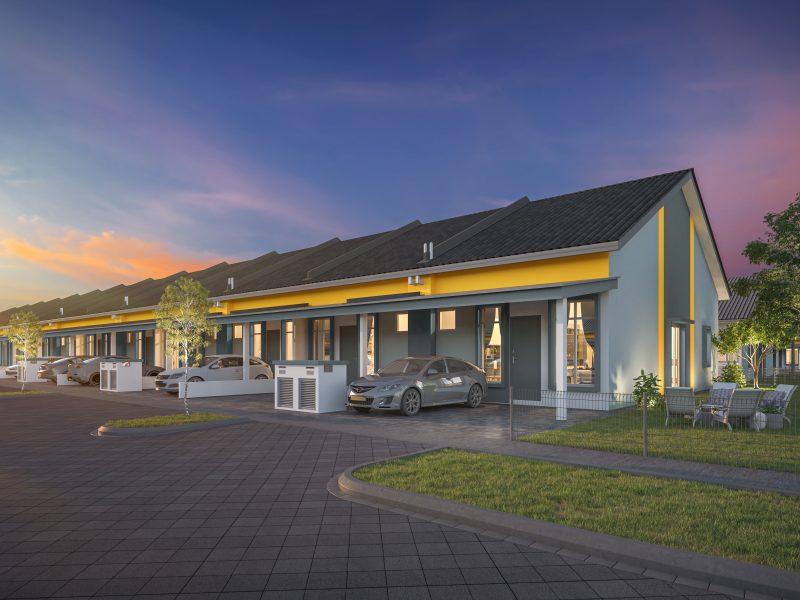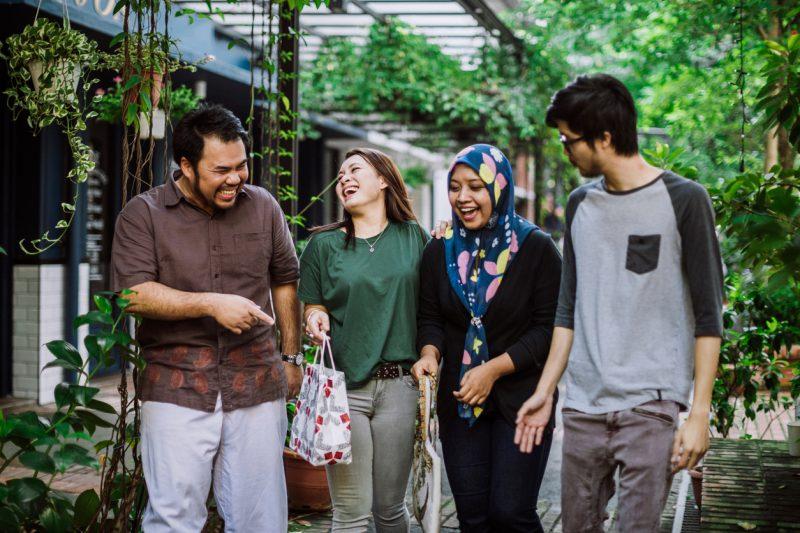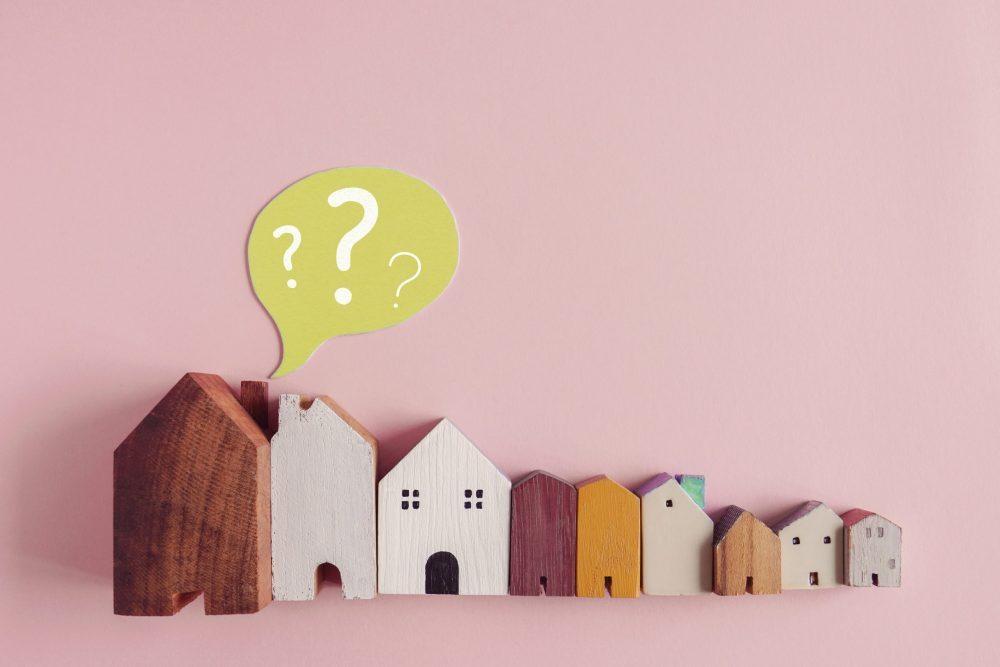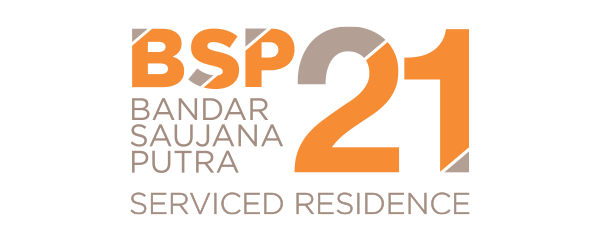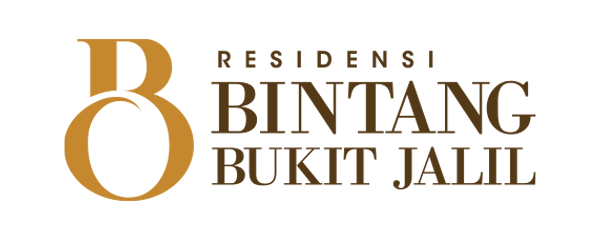Perfection of Transfer and Perfection of Charge: Everything property buyers need to know!
D
on
July 15, 2022

POT is a process to register a property title under the name of a property purchaser. This document is required in situations where an Individual title or strata title has yet to be issued for that property by the land office. This typically happens with new launch properties or primary units purchased from a property developer.
During construction of a landed housing development or a high-rise building, the entire property project will be under a master title as the developer owns the plot of land. This plot of land will then be divided into their individual building or parcel lots.
This means the entire development will remain under one big plan until divided into an individual share. The developer is required to apply for the strata titles or individual titles on behalf of the purchasers by submitting applications to the land office. Once approved by the land office, each property will have its individual or strata title. This revokes the previous master title and will allow the purchasers to register their names on the title. For a deeper understanding, read on the differences between master title, individual title and strata title.
If your name is not registered on the title, the land office swill not acknowledge you as the property owner. You will also not be regarded as the registered proprietor as per the National Land Code 1965 and would not be able to exercise all the rights as a registered proprietor.
- Selling your property will be a lengthy process – you will have to request the developer to transfer the property to the new buyer.
- You may have to bear additional costs when executing the Memorandum of Transfer or MOT (when applying for home loans with a bank) as the POT is used as an instrument of charge to banks for loans.
- Without strata titles, owners of strata properties such as apartments, condominiums and serviced residences will not be able to initiate the formation of the management corporation (MC).
Step 1: The buyer pays legal fees, stamp duty and disbursements.
Step 2: The buyer appoints his/her lawyer.
Step 3: The lawyer sends a Letter of Authorisation to the property developer and liaises with the developer on necessary documents such as a copy of the title and the developer’s company documents.
Step 4: The lawyer prepares an MOT (Form 14A) which is signed by both the developer and the buyer.
Step 5: Once completed, the developer will deliver the original title to the lawyer to finalize the process of transferring property ownership to the buyer.
Step 6: The lawyer makes a dispute (adjudicates?) based on the MOT and the buyer then pays stamp duty to the Inland Revenue Board (IRB) according to the purchase price of the property.
Step 7: The lawyer presents and registers the MOT and finalises the transfer of ownership at the land office.
A Perfection of Transfer quotation will include the following:
- MOT professional lawyer fees
- Stamp duty
- Disbursement fees by the lawyer such as registration fees, consent to transfer, land search, winding up and bankruptcy search, transportation and photocopies
Below are the legal fee rates in Malaysia. Do take note that these are the maximum fees one would normally pay and are subject to discounts.
| PROPERTY PRICE TIER | LEGAL FEE (% of property price) |
|---|---|
| First RM500,000 | 1% |
| Next 500,000 (RM500,001 – RM 1 million) | 0.8% |
| Following RM2,000,000 (RM1,000,001 – RM 3 million) | 0.7% |
| Next RM2,000,000 (RM3,000,001 – RM 5 million) | 0.6% |
| Thereafter (> RM 5 million) | 0.5% |
Here is an example Perfection of Transfer calculation, assuming that the property purchase price is RM650,000:
- Professional Fees from Lawyer
Memorandum of Transfer = RM1,300
2. Disbursements
Stamp Duty on MOT = RM8,000
3. Registration Fees
State Registration Fees on Transfer = RM350
Consent to Transfer = RM150
4. Search Fees
Land Search/ CTC Title/ ROC Search = RM80
Winding up, Bankruptcy Search & ROC = RM20
5. Incidentals
Transportation, courier, etc = RM150
Photocopy, Printing, Faxing, Telecommunications, etc = RM150
Miscellaneous = RM100
GRAND TOTAL = RM10,300
- A copy of the purchaser’s identity card
- A copy of the title
- A copy of the SPA
- The latest assessment receipt
- The quit rent receipt
- The assessment receipt
- Other relevant documents
MOT, or Form 14A as it is legally known, is an important piece of document that every home buyer must sign to gain ownership of a property (individual or strata title) from a developer.
An MOT is prepared and signed along with the SPA and housing loan documents. A signing of the MOT confirms an intention to transfer ownership of the property to the purchaser once the individual or strata title has been issued. This document contains details of the developer, purchaser and land title details for the land office.
So, how is MOT related to Perfection of Transfer? POT is a legal document needed before a property title has been issued. This document is used to set up ownership of the development and is issued during the building and construction phase. This is then followed by the MOT which enables a purchaser to have his/her name registered on a land title, which would then allow him/her to transfer the property legally.
Read: Ultimate guide on Memorandum of Transfer (MOT) and Stamp Duty in Malaysia
The Perfection of Charge (POC) is a complementary process that is performed together with Perfection of Transfer. This process acts as the lending bank’s way to secure the loan taken out by the home buyer. Most buyers will apply for a housing loan to finance their purchase and will slowly “buy” back the property through recurring repayments of that loan over 20 to 30 years.
In return for the housing loan provided by the lending bank, the property title must also include the bank’s name as the chargee of the property. Here is where the POC comes into play – it serves as a charge, or security, to the bank’s loan. Should the buyer fail to make repayments, the bank will have an automatic right to sell the property to recoup the loan’s monthly repayments.
If you’re wondering who’s appointed to do the POC… you guessed it! It’s the bank. The bank is responsible for ensuring the ownership is transferred to the bank as a security measure for the loan. The bank’s lawyer is appointed for the registration of transfer and he will execute a discharge document or Form 16N to discharge the bank’s charge over the title. The homebuyer must forward the original property title to the bank once the title is registered by the Land Office, to enable the bank’s lawyer to proceed accordingly.
In short, Perfection of Transfer is needed to take ownership of a property from a developer whereas Perfection of Charge is required to then transfer that ownership to the lending bank. Previously, this process was completed through the Deed of Assignment (DOA) which is a different legal document that transfers ownership of a property from one party to another. This document is also required for homeowners who are applying for a home loan in Malaysia.
Step 1: The lawyer prepares charge documents such as the Charge Annexure and Form 16A.
Step 2: The charge documents are executed by the buyer and signed by the bank.
Step 3: Once completed, the lawyer gets the charge documents stamped by the IRB.
Step 4: The buyer pays stamp duty of the charge documents (RM10 per copy)
Step 5: The lawyer presents the charge documents at the land office and registers the charge documents in favour of the bank.
Step 6: The buyer receives a copy of the title and a copy of Form 16A.
A Perfection of Charge quotation is similar to the Perfection of Transfer except for the stamp duty. Generally, banks are responsible for paying the fees – which are dependent on the offer letter signed between the property purchaser and the bank’s loan agreement. For POC, the stamp duty is only RM40.
- A copy of the homebuyer/ borrower’s identity card
- A copy of the property title
- A copy of the facilities agreement
- The latest assessment receipt
- The quit rent receipt
- If you had paid the stamp duty during the signing of your SPA, you could ignore this amount when completing a Perfection of Transfer. Homebuyers only need to pay the stamp duty once during a property purchase. Here are the latest stamp duty rates in Malaysia.
- The property’s stamp duty is calculated based on the SPA price (at the time of signing) and not the current market value. If you bought a home in 2018 for RM650,000 and the current value is RM750,000, the stamp duty payable will be based on RM650,000.
- Homebuyers who do not apply for a housing loan to finance their property purchase will not have to execute the POC.
- For the execution of POT and POC, buyers can engage the same lawyer used during the SPA signing (where the SPA has been prepared but the strata title isn’t ready). In this case, the existing lawyer is allowed to charge the buyer only 25% of their full-scale legal fees, as per the Solicitors Remuneration Order 2017.
- For property purchasers who engage a new lawyer specifically for the completion of POT, the Solicitors Remuneration Order states that the maximum charge the lawyer can charge is 50% of the mandatory legal fees.

